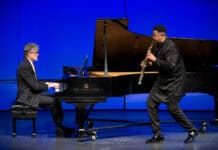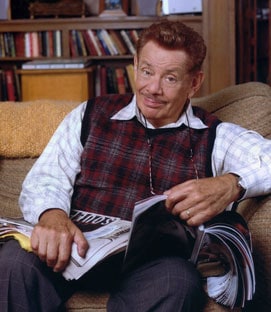No matter how long a person of Japanese origin lived in the United States or whether they were born here, after the bombs fell on Pearl Harbor on Dec. 7, 1941, they were rounded up and placed in internment camps.
Sedona resident Linda Yee’s parents and family were among the people looked upon with suspicion and fear. The camps were called relocation centers.
“At the time war broke out my grandparents were successful farmers and owned stores. My grandfather, Takeshi Ban, was a minister in Los Angeles. My grandfather, Henry Fujii, owned a farm in Nampa, Idaho,” Yee said. “Both had families and lived here more than 35 years.”
Yee will talk about the camps and her early days in Sedona at the Sedona Historical Museum on Wednesday, Dec. 9, at 9 a.m.
The FBI picked up all Japanese men who were leaders in the community, like Ban.
On Feb. 19, 1942, President Franklin D. Roosevelt issued Executive Order 9066 posted on telephone poles. All persons of Japanese ancestry must report to various centers, especially along the Pacific coast. It listed what they could bring. Cameras were confiscated.
They were put in temporary housing at race tracks, fairgrounds or stables until the centers could be built.
Yee’s father, Paul Ban, along with his family were taken to Santa Anita race track and then to Manzanar Relocation Center in California where 10,000 people lived. Many camps were self-sustaining with hospitals, schools, stores and farming.
“In the meantime my grandfather in Idaho told my mother, ‘You take the baby and get out of there,’” Yee said. “That’s when we escaped Los Angeles.”
Fortunately Mary [Sumie Fujii] Hershall and her 9-month-old daughter took the last airplane they could get, thanks to some close Caucasian friends who flew with them.
“This happened very quickly. Mom didn’t have time to pack more than a diaper. We made the whole flight without milk for me until we arrived in Boise, Idaho,” Yee said.
Again Caucasian friends met them and took them to Fujii’s farm. He did not dare come to the airport, she said.
“They had a baby my age and gave me some of its milk,” Yee said. “Fortunately we never had to live in an internment camp but my father and other relatives did — for 3½ years.”
Hershall was worried about the people going to the camps partly because they had to leave so much behind. They also did not know what was going to happen to them.
“I didn’t think it was right but there was nothing I could do,” Hershall said. “I was lucky that we could get away.”
After release, many people returned to find their homes gone or sold. Others found neighbors had kept them up. Most had to start all over. Yee has studied the history of the camps and talked to people who lived there.
When her father was released he went to Idaho but farming was not his forte. He returned to Los Angeles. Yee and her mother stayed in Idaho.
“After not seeing each other for 3½ years things were different,” Yee said.
Yee’s mother taught school in Idaho from 1945 to 1948. Then they moved to Sedona after a mutual friend introduced Yee’s mother to Stan Hershall. They exchanged letters and he invited her for a visit. She came to Sedona, they fell in love and married, Yee said.
“Today we’re all Americans. Now what happened is our history. We talk about it to ensure we never do it again. Fear makes us do crazy things,” Yee said.





















